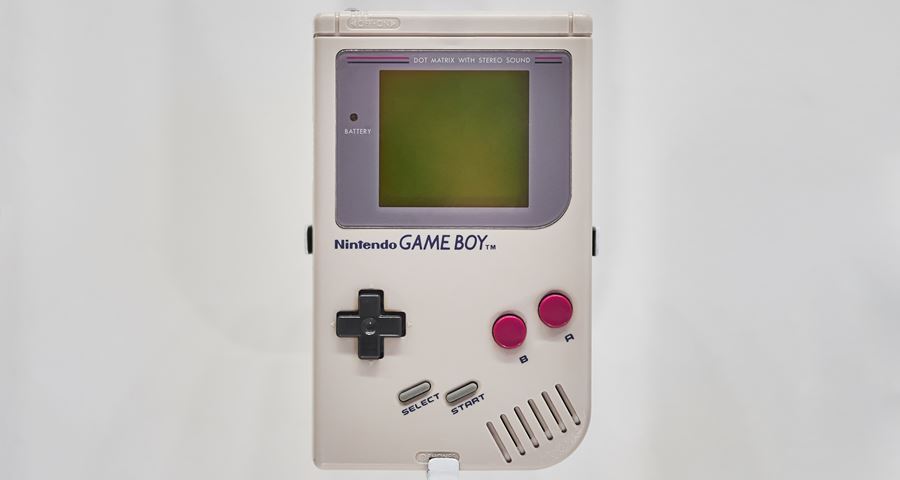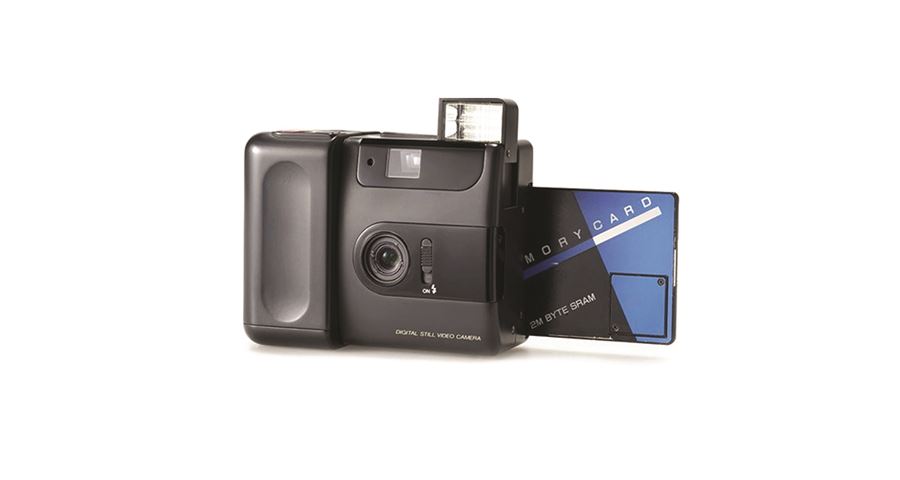#madein1989
Design Classics Turning 30
Starting life in a converted banana warehouse in Shad Thames, among the once economically vibrant London docklands, the Design Museum is proud to be celebrating its 30th anniversary this year. To mark the occasion, take a look back at some design classics which are also turning 30 in 2019.
#madein1989
Gameboy
Date: 21 August, 1989
Released by: Nintendo
History: One of the first hand held gaming devices, The Gameboy quickly rose to popularity as there was no device like it on the market. In its first two weeks, the entire stock consisting of 300,000 units was sold. 118.69 million units have been sold worldwide. The console had the capability to change games quickly, with interchangeable cartridges. Two players could also connect via cable and play head to head. Internal reception of the console at Nintendo was initially very poor; employees nicknamed it "DameGame", dame being Japanese for 'hopeless' or 'lame'.
Its effect today: It paved the way for a long line of hand held devices, all the way from the Gameboy Color and Advance, to the best handheld device on the market today, the Nintendo Switch. With today's technology, users can connect online and play games with amazing graphics and intuitive controls.

Sega Genesis
Date: 14 August, 1989
Released by: SEGA
History: The Sega Genesis was one of the first consoles in the world to use a 16 Bit system, which was an overhaul and massive achievement at the time. It brought in more power to the device, better graphics, stereo sound and more. 30.75 million first-party Genesis units were sold worldwide.
Its effects today: New characters and games were created, like Sonic the Hedgehog, which would later become the company's mascot for some time. Conceived by Hirokazu Yasuhara, Sonic's blue pigmentation was chosen to match Sega's cobalt blue logo; his shoes were inspired by Santa Claus and the colours in Michael Jackson's 1987 album "Bad", and his personality was based on Bill Clinton's "can do" attitude. The device pushed the boundaries of what consoles were capable of doing when it came to advancements in technologies.
Motorola MicroTAC
Date: 25 April, 1989
Released by: Motorola
History: Motorola was already at the forefront when it came to mobile phone manufacturing and with the introduction of the MicroTAC as the first ever flip-phone, the company started a new trend that would be copied for years to come.
Its effects today: With the release of numerous smartphones, people are looking back at what made old phones great, and flip phones' designs and functionality made the list. Nokia became the first company to bring back the age-old design to please customers.
First GPS Satellites Goes Into Orbit
Date: February 14, 1989
Released by: US Airforce
History: The first of 24 satellites that will make up the global positioning system was put into orbit, taking the first step towards a global coverage for GPS systems that continue to help millions find their way, be it on land, by sea or in the air.
Its effects today: The GPS has evolved substantially over the past decades, leading to better accuracy, shorter loading time and better navigation overall. It will only be getting better in the years to come, as new satellites are expected to be launched to enhance it even further.
The World Wide Web
Date: March 1989
Released by: Tim Berners-Lee
History: English scientist Tim Berners-Lee invented the internet back in 1989, but it would take a couple of years before it became accessible to the public.
Its effects today: The World Wide Web has been central to the development of the Information Age and is the primary tool billions of people use to interact on the Internet.
Fujifilm DS-1P Digital Camera
Date: 1989
Released by: Fuji
History: The world’s first ever fully digital camera was first shown at the world’s biggest camera technology fair, Photokina way back in 1988. The camera went on sale in 1989 and came with a cutting-edge 2-megabyte SRAM memory card, which could hold 5-10 pictures. The decision to focus on creating a semi-conductor memory card allowed Fujifilm to liberate the camera from its reliance on film medium.
It's effects today: The innovation from the DS-1P is still alive in Fujifilm cameras today in the company’s award-winning X-series mirrorless cameras.

Microsoft Office
Date: 1989
Released by: Microsoft
History: Although Microsoft Word — developed for use with MS-DOS and later for the Apple Macintosh and Microsoft Windows — had been around since 1983, the first official version of the group of desktop applications (Excel, Powerpoint, Word) known as Microsoft Office was released in 1989 for the Mac.
It's effects today: The introduction of Microsoft Office to the modern workplace has impacted the discourse of global business in more ways than we often care to think. Microsoft Word has provided us with an efficient and waste free means of producing text based data. Excel solved the nightmare of spreadsheet maintenance, which were often subject to excessive editing and mistakes that would harm the readability of the document. Powerpoint introduced simple and accessible audiovisual presentation technology.

Become a part of the museum's history
Members enjoy free, unlimited entry to all exhibitions, priority access to a vibrant programme of talks and events plus discounts in the shop, cafe and restaurant.
Background image | Frith Kerr